Table of Contents:
- Why Choose Timeline Wood Shiplap
- Shiplap Process Outline
- 1. First Decide on Your Project
- 2. Next, Measure Your Space
- 3. Next, Do Your Research on How to Shiplap
- Choosing the Best Shiplap Method for You
- Final Tips Before You Start Hanging Shiplap
- Tools You Need to Hang Shiplap
- Let’s Get This Shiplap Party (I mean PROJECT) Started!
- 1. Find the Studs.
- 2. Mark your Chalk Line.
- 3. Measure your First Board.
- 4. Cut your First Board.
- 5. Attach your First Board.
- Nail Gun Operation: Tips I Learned
- Shiplap Pattern
- Cutting Shiplap Boards
- How to Work Around Outlets and Light Switches
- Shiplap Corner Pieces
- Top Trim for your 3/4 Wall – Optional
- Let’s Address More Shiplap Questions
- Can you hang shiplap without drywall?
- Can you hang shiplap vertically?
- How do you hang shiplap wallpaper?
- Can you hang shiplap over paneling?
- Can you hang shiplap in a bathroom?
- Can you use brad nails to hang shiplap?
- What size nails should I use to hang shiplap?
- Can you hang shiplap over plaster walls?
- How to hang shiplap without a nail gun?
- How to hang shiplap on brick?
- How to hang shiplap on uneven walls?
- How to hang shiplap corners?
- Finishing Our Shiplap Wall Project
- We Finished our Shiplap Project!
Learn how to hang shiplap in your home.
There are so many ways to put up shiplap. There are different techniques and products you can use. I’m not going to compare and contrast every different option. Instead, I’m going to go over exactly what we did because it turned out fabulous.
While this is a sponsored post with Timeline Wood, all opinions are genuine and all experiences my own. I genuinely love this product.
Why Choose Timeline Wood Shiplap
No matter who you are or what your goals, Timeline Wood shiplap will help create the look you want.
Here is a list of reasons I think you should use Timeline Wood rather than make your own shiplap from raw boards.
- Using Timeline Wood shiplap is especially smart if you are a beginner.
- This product helps guarantee a good/expert outcome.
- If you are an expert, this product will save time and effort and guarantee a professional outcome.
- If you are an amateur, this will help you get the job done more easily and in less time.
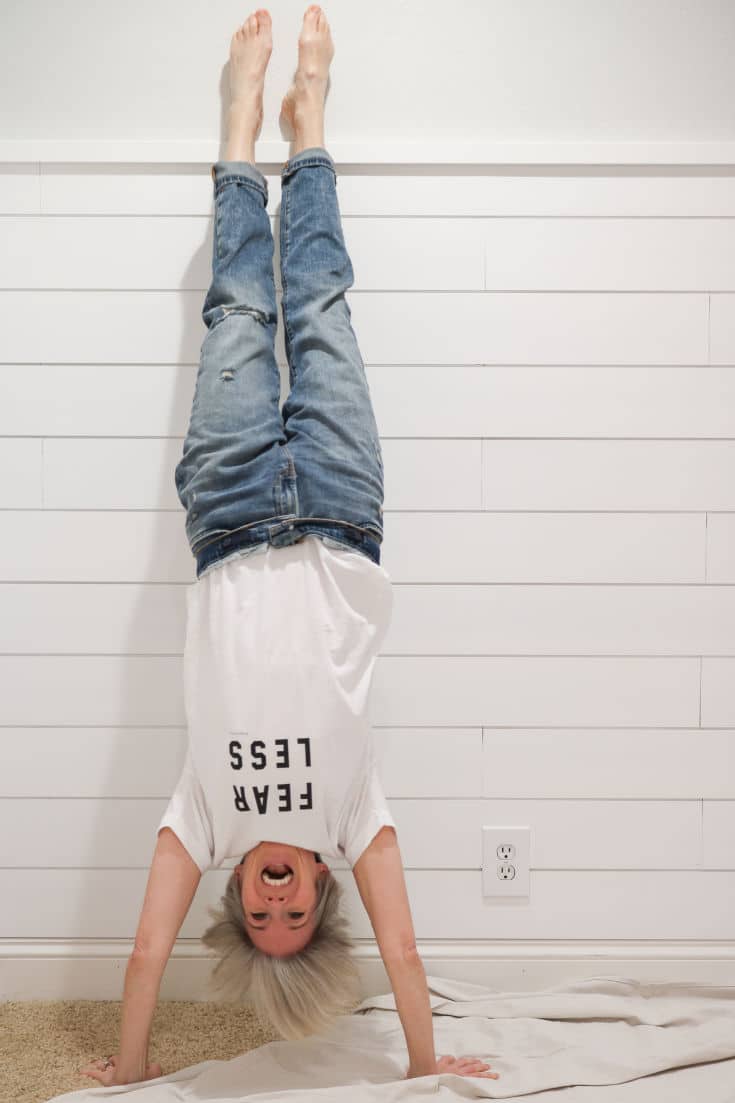 Shiplap Process Outline
Shiplap Process Outline
Putting up shiplap is a multi-step process that is time-consuming from beginning to end. It’s not hard, but it is complicated.
Using Timeline Wood dramatically simplifies the process.
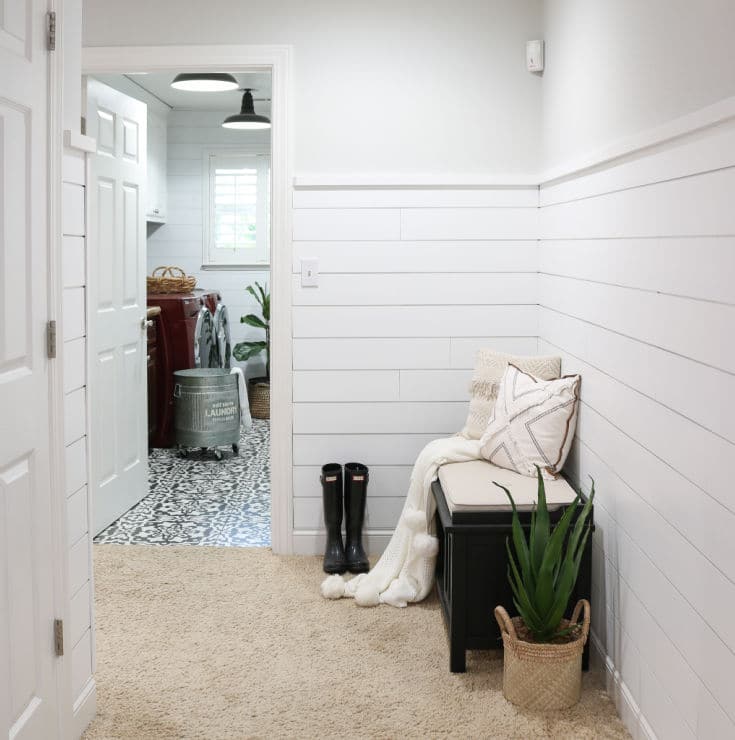
1. First Decide on Your Project
- Before you even measure your space decide how you want to use your shiplap.
- Do you want to hang your shiplap vertically or horizontally?
- Do you want to hang your shiplap up the full height of the wall, or only half-way up, or maybe only ¾ way up like we did?
- This is important to decide first because this will impact the amount of product that you need.
2. Next, Measure Your Space
- Carefully measure the space you plan to cover.
- This will determine how much wood you need and how much wood to order.
3. Next, Do Your Research on How to Shiplap
- For the next step I recommend doing some research.
- I can’t show you exactly how to use a nail gun or how to operate an electric miter saw.
- My best recommendation is to get on YouTube.
- Spend time in advance and watch some videos about how to use these tools, especially if you’re a beginner like me.
- You might want to watch a few videos about shiplap installation. This video I linked will help give you an idea of what to expect even though the product isn’t exactly like ours. He is using 12-foot boards, for example. The Timeline shiplap boards are only 6 feet long.
Choosing the Best Shiplap Method for You
Again, it’s easy to get a little confused by all the different methods and options out there.
Everyone has their own idea about the best way to create shiplap walls. Try not to get side-tracked.
The main takeaways here are this:
- It’s not that hard and just about anyone can do this.
- You are going to need some power tools. Luckily, we figured out which ones and we’ve got them all linked for you.
- The basic idea is that you are going to be using a nail gun to nail pieces of wood to your wall, hopefully right into the studs.
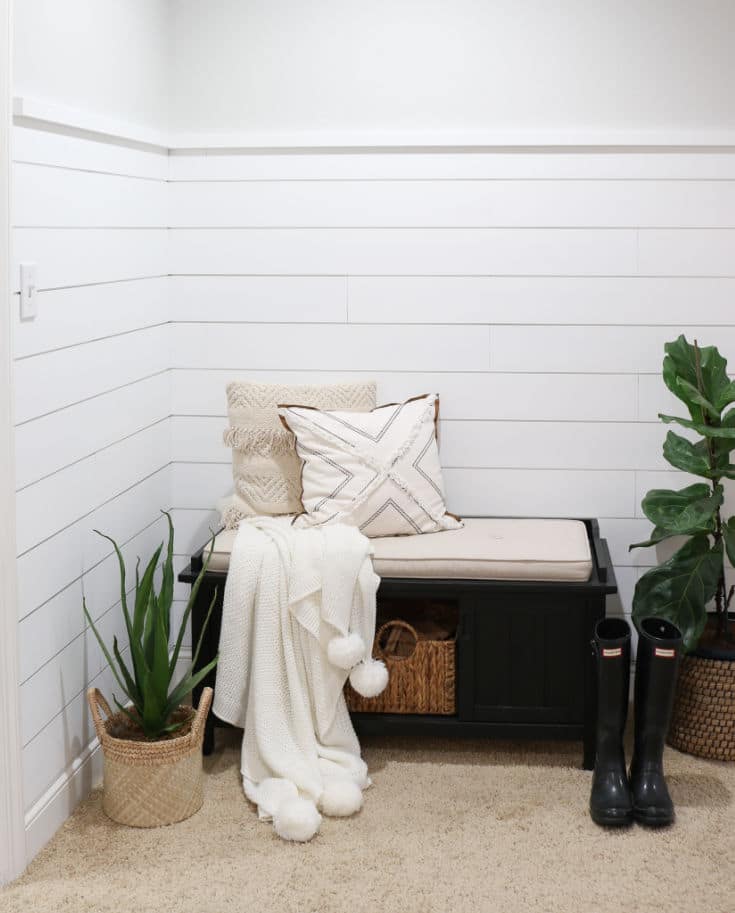
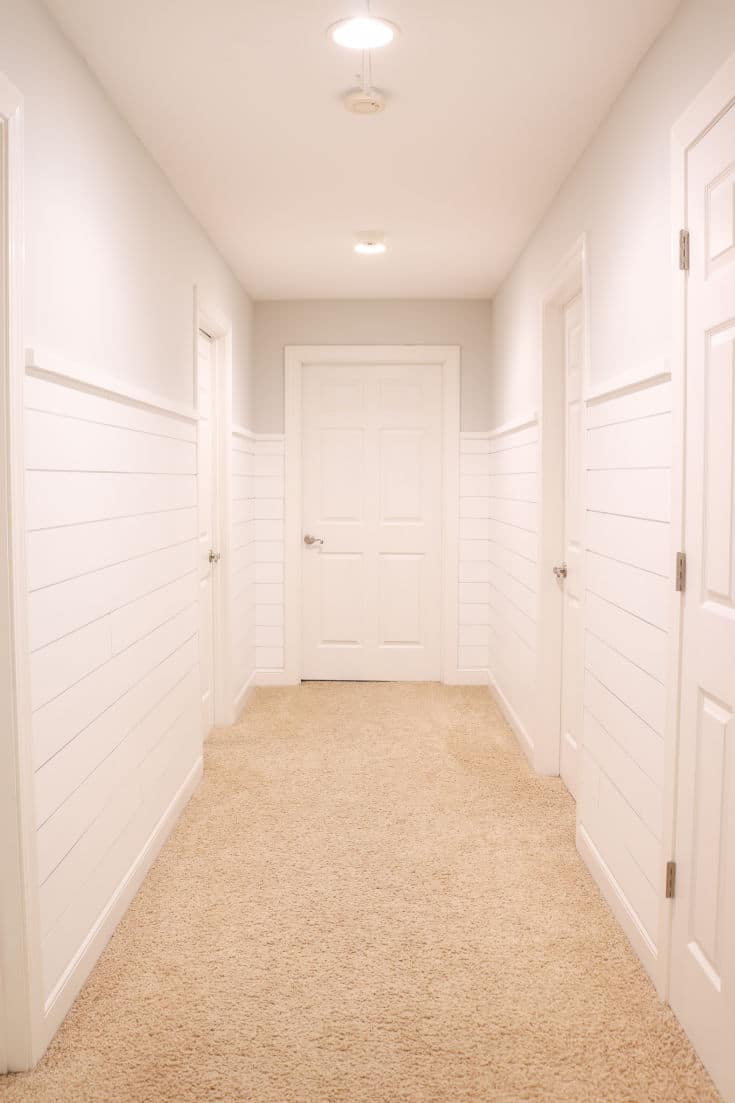 Simple, right?
Simple, right?
- The best thing to do at this point is to stop STALLING. Yes, that’s what I said! Stalling! And get DOING!
- Start collecting your tools so you can get started.
- The best way to figure out how to hang shiplap is to start hanging shiplap.
Final Tips Before You Start Hanging Shiplap
-
- Start in a corner or on a wall that is not going to be seen that much. You WILL make mistakes. Your first wall will basically be your practice wall.
- It will take you a while to get the hang of making perfect measurements.
- My advice. Don’t throw away pieces that are slightly off. You can fill gaps with wood putty later. (If you throw away every imperfect piece you will run out of product and/or waste product).
- Try to err on the long side; it’s easy to trim off a small amount but you can’t add anything back once you’ve cut it too short.
Tools You Need to Hang Shiplap
- Tape measure
- Pencil
- Chalk line
- Drill (or stud finder)
- Miter saw
- Miter saw stand
- Nail gun & battery
- Jigsaw & battery (interchangeable with nail gun battery)
- Hammer
- Awl (for hammering in the nails that don’t go in all the way)
- Philips screwdriver
- Standard screwdriver
- Touchup paint
- Sandpaper
- Wood putty/wood filler – we used vinyl spackle
- Wood glue
- Trim pieces for corners (if you have them)
- Table saw (optional for the top trim)
- 1/2 inch x 1 1/2 inch wood or MDF board for top trim (if you want to add trim to 3/4 wall like we did
Let’s Get This Shiplap Party (I mean PROJECT) Started!
1. Find the Studs.
You can do this several different ways.
- Use a stud finder.
- Or measure from every door frame 16” and basically check by knocking with your fist to hear the different sound the hollow wood makes compared to the dense wood.
- Or use a combination of measuring and knocking.
- Then we used a tiny drill to check and see if the drill went into wood or not. This is what we did.
2. Mark your Chalk Line.
- Once you find your studs you need to mark the studs in two places on the wall at least a few feet apart so that then you can come back and mark your chalk line.
3. Measure your First Board.
- Start at the bottom of your first wall and measure for your first miter cut.
- Remember to err on the side of too long.
- You can always shave off a little extra if it’s too long, but you can’t add on if it’s too short.
- Measure and mark your boards using a tape measure and then drawing a straight line with a triangular set square.
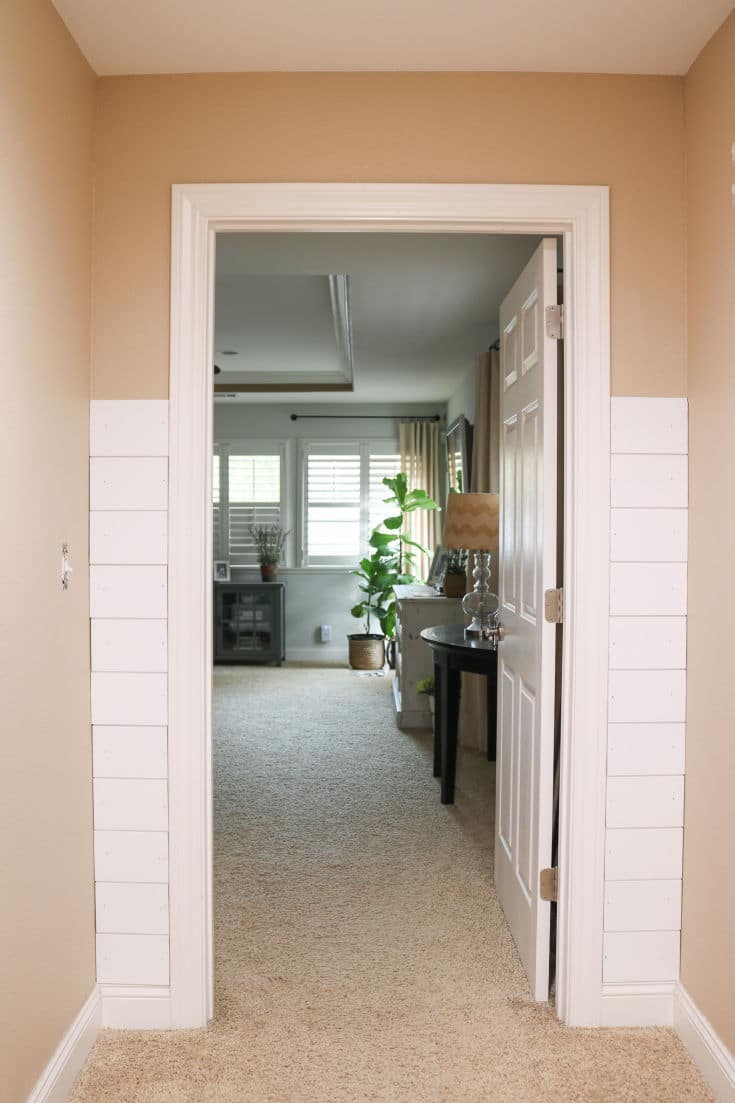 4. Cut your First Board.
4. Cut your First Board.
Important Tip: Now is a good time to make sure you are wearing your protective eye gear. You should make sure it stays on for both cutting and when you are using the nail gun. I hand plenty of misfires. I was lucky the nails didn’t go flying but they could have.
Important Tip: Allow for the width of the blade and place the blade on the outside of your line so you don’t cut your board short.
5. Attach your First Board.
- Put up your first board using your nail gun.
- You can start on either side.
- Make sure that your board is flush to your baseboard or the bottom of your floor.
- Make sure both sides are even.
- If you are going to hide the nails in the groove like we did then position your nail gun right on the lip and right in line with the first stud on one end.
Important Tip: You may have to tilt your nail gun a little because of the closeness to the floor but this should not interfere with the nail going in. Got for it!
Nail Gun Operation: Tips I Learned
- Position the nail gun exactly where you want it and then hold it with just one hand.
- Use your other hand to hold the back of the nail gun firmly in place so that it doesn’t move or bounce back when firing the gun.
- Be sure not to cover the air vents because the gun relies on air to power the gun so spread your fingers and leave plenty of room for air to flow while doing this.
Shiplap Pattern
You can hang them horizontally or vertically.
The more you look online the more patterns and choices you discover.
You can decide for yourself if you want your boards to all lineup or if you want to stagger them.
I prefer the look of having all the boards staggered so that’s what we chose to do.
Cutting Shiplap Boards
- If you have a small wall where you aren’t going to need to stagger the boards, you can make multiple cuts all at once.
- Just be sure to measure the wall at the top.
- Walls are not always completely straight so you always want to measure to make sure the width of the wall remains the same all the way up.
How to Work Around Outlets and Light Switches
- You will need to measure carefully around light switches and outlets.
- This will usually affect two boards.
- You will need to cut into the top of the bottom board and into the bottom of the top board. (see photo)
There are Three Steps.
- Measure the opening.
- Mark your measurements on the back side of your shiplap board.
- Cut the opening with a jigsaw.
Repeat this process to the top board as well.
Important Tip: Do not attempt to cut the board while attached to the wall around the outlet. This is very dangerous as you could hit the live electrical wires. Only use the jigsaw and make cuts to the board while it is down off the wall.
Shiplap Corner Pieces
TimeLine Wood also provides corner pieces which are easy to adhere to the outside corners where your two boards meet. Depending on the corner we found we were able to adhere some with just wood glue and some we needed both wood glue and nails.
Top Trim for your 3/4 Wall – Optional
- To give our 3/4 wall a finished look we added a simple trim piece to the top edge.
- To get the trim piece to sit on top of the last piece of shiplap we had to cut the tongue off the last piece before nailing it to the wall.
- We used a table saw to “rip” the tongue edge of the shiplap.
- Ripping is the term used to cut lengthwise along the grain of the wood.
- If you don’t have a table saw, you might want to consider using a piece of molding that could fit around the top of the shiplap without having to cut the tongue.
- There are many different options out there and many different looks you can embrace for this top piece.
- For the trim itself we chose a very simple 1/2 inch by 1 1/2 -inch MDF board because it was already primed and had nice clean edges. We knew it would be a nice match to the shiplap. We were right.
- To install it all we had to do was measure the length of the boards and taper the edges by cutting 45-degree angles.
- We nailed the boards into the studs and painted the boards with a couple coats of matching white paint.
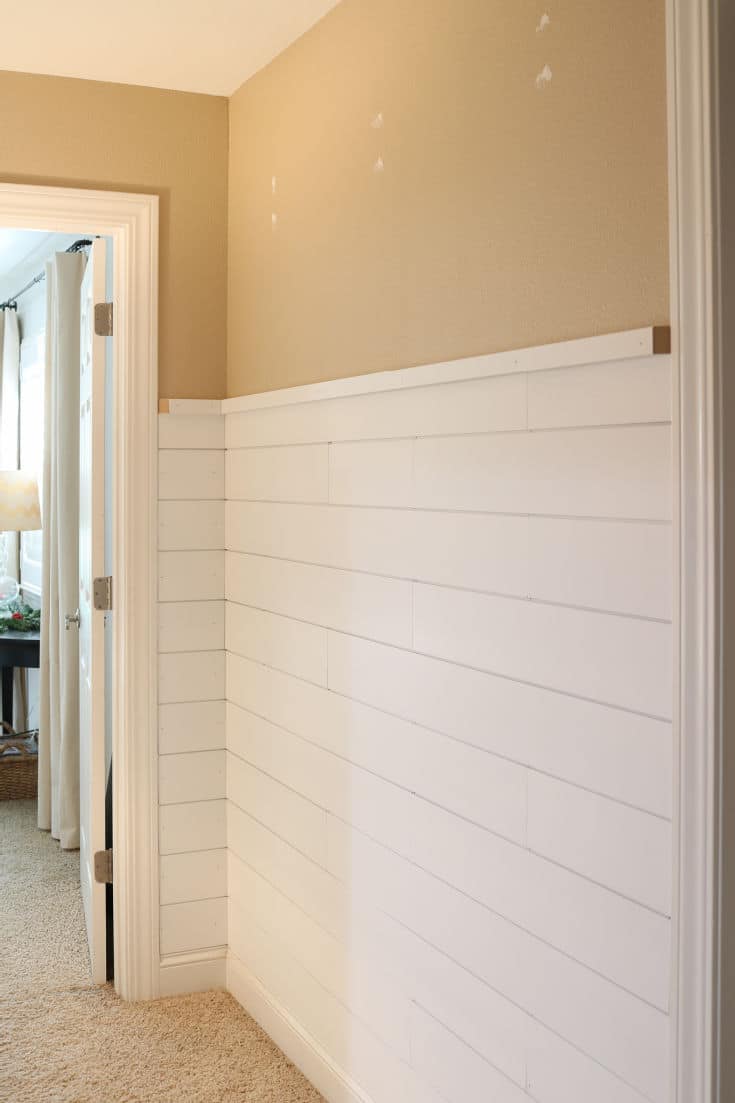
Let’s Address More Shiplap Questions
Can you hang shiplap without drywall?
Yes, you can hang shiplap without drywall by nailing the shiplap directly to the 2’x4’s. If you are building or remodeling a home from the studs you will save time and money by not putting up both dry wall and shiplap.
One difference in installing the shiplap without drywall is that you won’t have spaces in between the shiplap like you typically see. You must make sure that there are no gaps between the boards. But you can still create the same rustic texture that is achieved by adding shiplap to any wall.
Can you hang shiplap vertically?
Yes, you can choose to hang shiplap vertically as well. There are different methods you can use to adhere your shiplap vertically, including the use of liquid nails or the use of furring strips. Not all your boards will come into contact with studs. This is still a viable option if you choose to go this direction.
How do you hang shiplap wallpaper?
If you’re not quite ready to work with wood, you might want to try what Julie and I have loved for years: shiplap wallpaper. In fact we have an entire blog post all about wallpaper and how to hang various peel and stick wallpaper projects.
Can you hang shiplap over paneling?
Yes, consider this an easy update. You can choose to take the paneling down or simply hang the shiplap over the paneling. The same process applies. You must find the and mark where your studs are. As long as you attach your shiplap to your studs you will have success.
Can you hang shiplap in a bathroom?
Yes, just make sure that any edges that are exposed to water have been sealed or treated with a wood sealant to ensure moisture resistance.
Can you use brad nails to hang shiplap?
Yes, if you choose to hang your shiplap with smaller brad nails you will want to use in combination with liquid nails to ensure a strong bond.
What size nails should I use to hang shiplap?
The size nails you use will depend on the thickness of the shiplap boards that you are using and the walls that you are nailing to. We used 2″ finishing nails
Can you hang shiplap over plaster walls?
Yes, but only if the plaster is in good condition and if it’s flat and smooth. Liquid nails is your best bet for application rather than nails. Apply generously to the boards, hold in place until the boards stick firmly on their own. If you are impatient try using painters tape to hold in place while the boards dry.
How to hang shiplap without a nail gun?
You can use liquid nails instead of using a nail gun. You might want to just tap one or two nails into each board. This adds extra security.
How to hang shiplap on brick?
You can use masonry nails to put holes in the brick. Or you can use a construction adhesive like liquid nails or Locktite Power Grab and tape with painters tape to hold in place until dry.
How to hang shiplap on uneven walls?
You could either shave down part of the wall or build up another with some compound. Run a string from one side of the wall to the other to examine the difference. This will help you see how much needs to change. Then work from there.
How to hang shiplap corners?
We didn’t hang proper shiplap corners. Instead we chose to cut our boards and have the meet at straight edges on each corner and cover the corners with trim pieces provided by Timeline Wood. But if you prefer to make your own shiplap corners you can. Cut 45-degree angles and make your edges meet up perfectly at each outside corner.
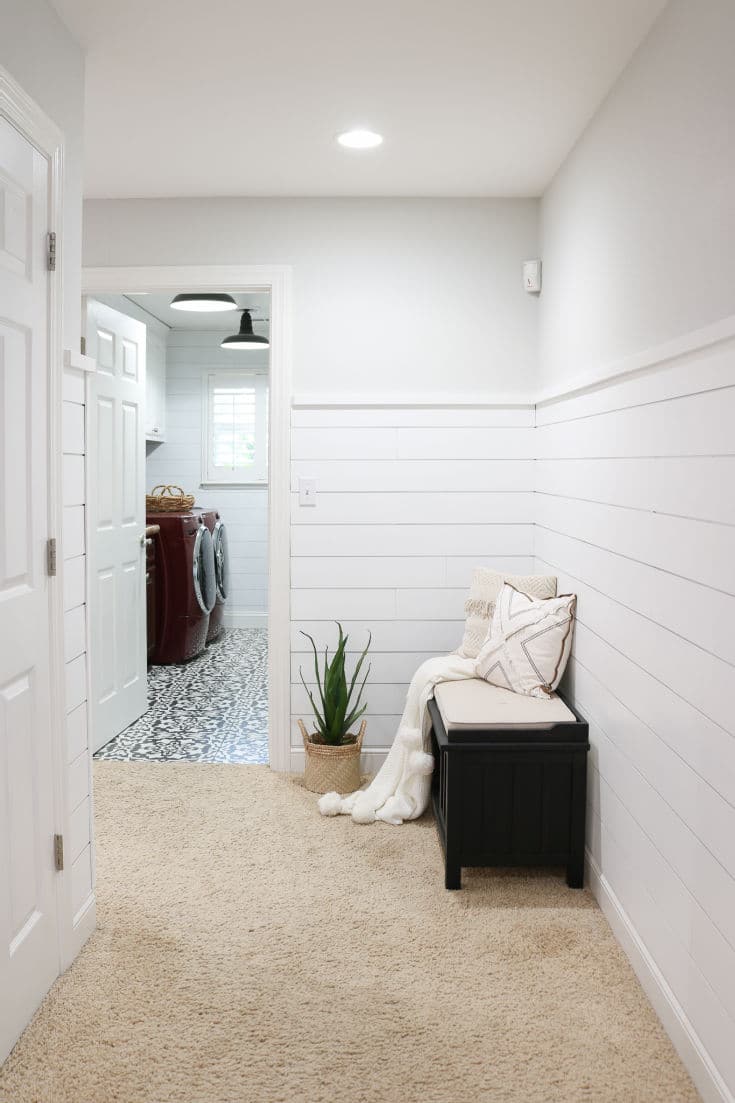
I’m so excited about how my project turned out! Can you tell?
Finishing Our Shiplap Wall Project
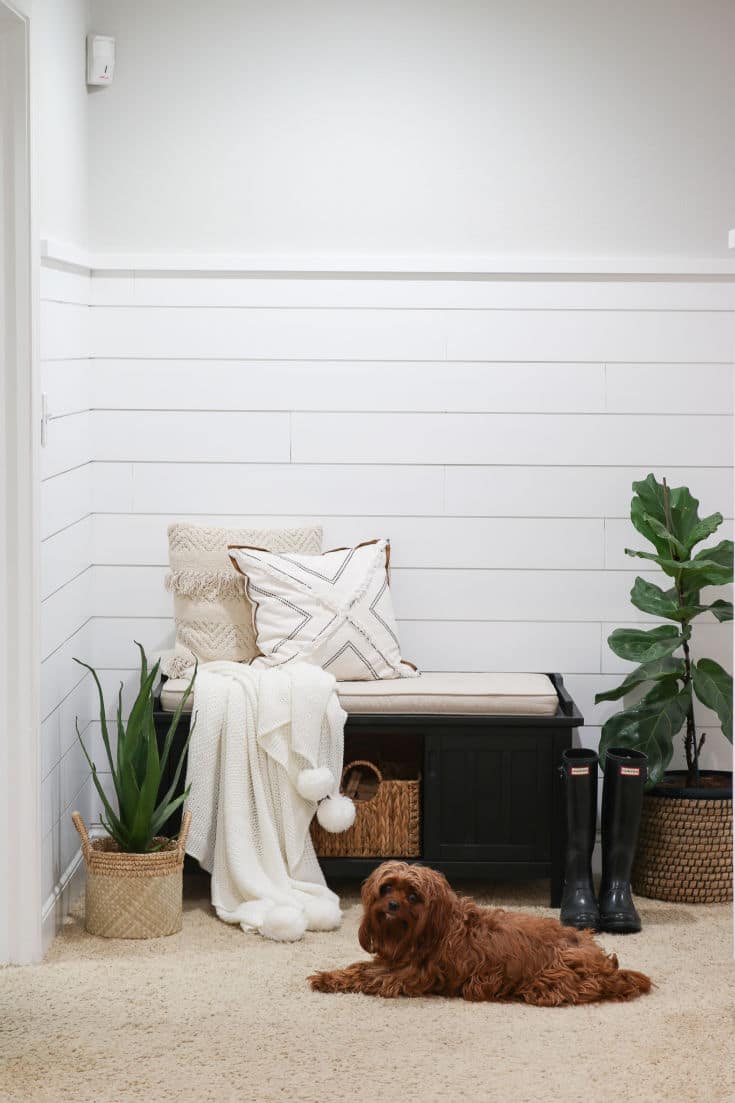
- Once all your boards are up and your trim is in place all you have left are the finishing touches.
- We used vinyl spackling to cover nail heads. You could probably use different types of things for this, but this is what we had and it worked.
- We also used this vinyl spackling to fill in between boards where the seams were a little too far apart. This worked well. After it was dry, we came back and lightly sanded.
- The final step was to come back with the touch up paint and cover any marks, nails, or any marks left by sanding or spackle. Timeline Wood sells touch up paint in small 8 oz. cans. We highly recommend getting a can of this for your project. You will want it and use it.
We Finished our Shiplap Project!
We finally have the finished beautiful hallway we always dreamed of!
With 5-foot-wide hallways that run the entire length of our one story ranch home I always wanted to do justice to the space. There are no windows in the hallways and no real access to outside light, so the halls remain somewhat light-challenged, but with the polished beauty of the shiplap I finally have the gorgeous molding and finished detail I have always wanted.
The walls look fresh and bright, and the hallways look clean and new. I still don’t have new floors (that’s a whole different story that we will save for another day), but the hallways look beautiful and I couldn’t be happier with my Timeline Shiplap wood walls.
And we proved that even if you have never held a nail gun in your hands before, you can do this.
Even if you have never operated an electric miter saw, even if you are a DIY beginner and want to take on this shiplap project, YOU CAN DO IT!
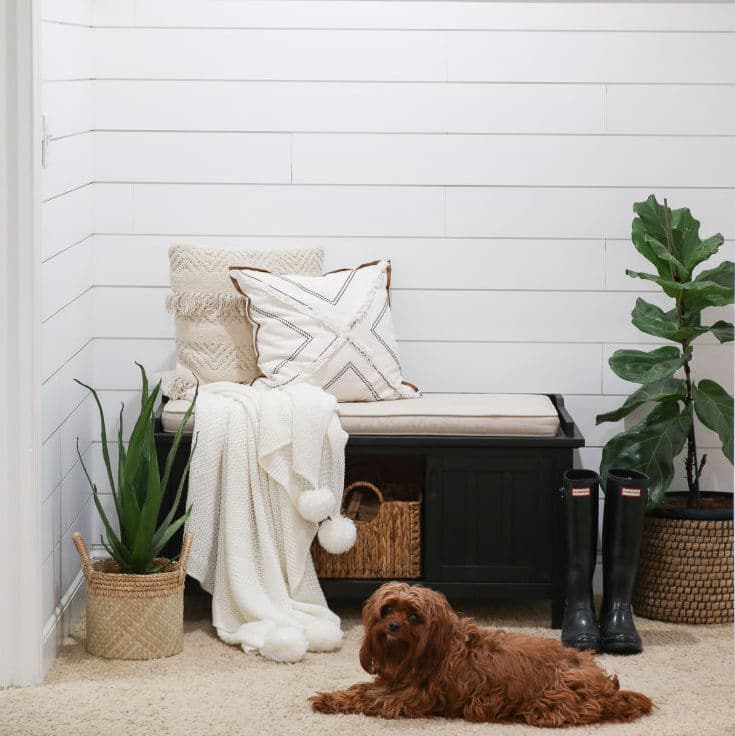

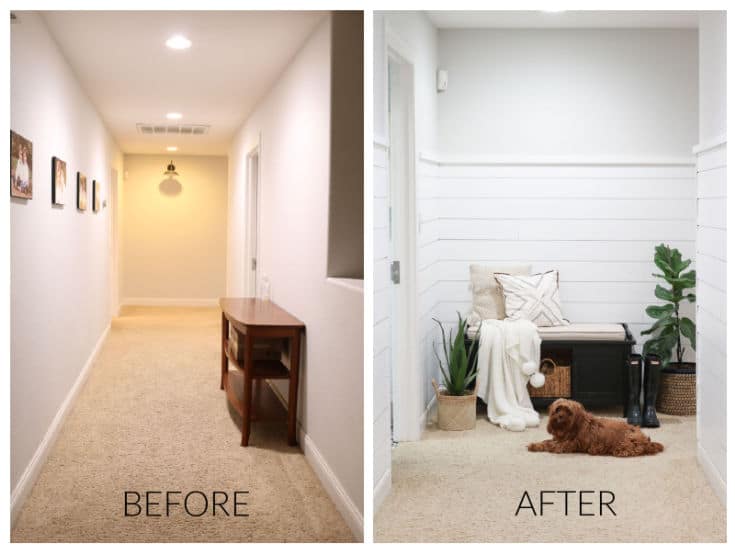
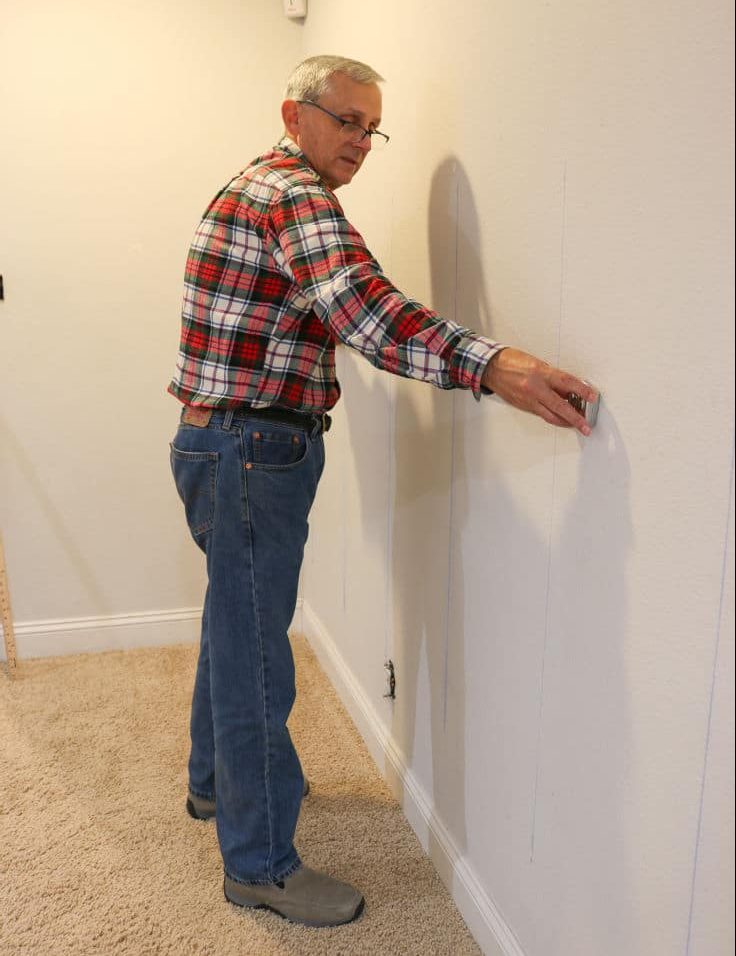

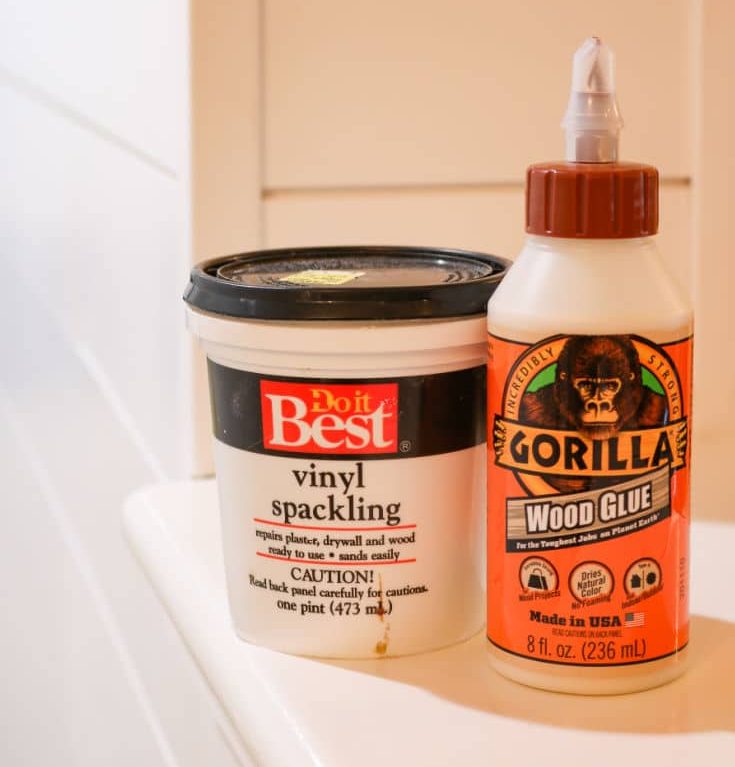
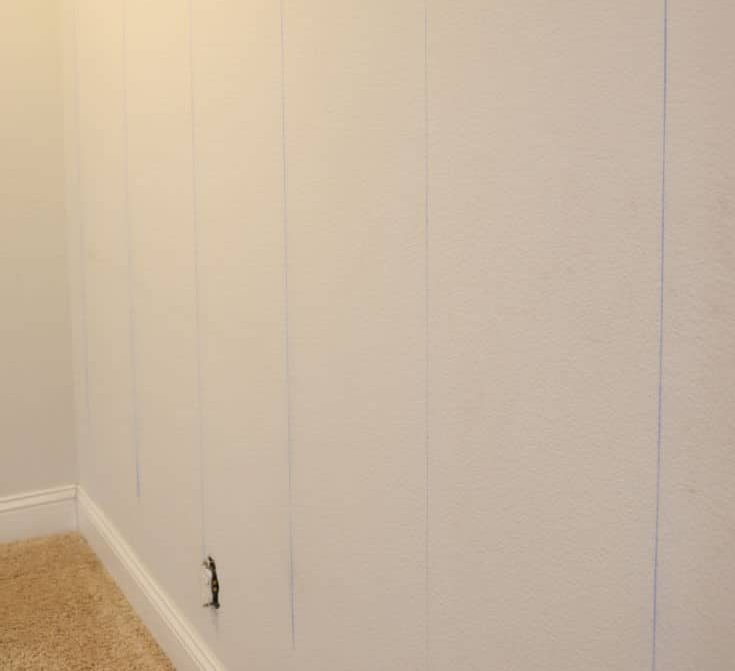
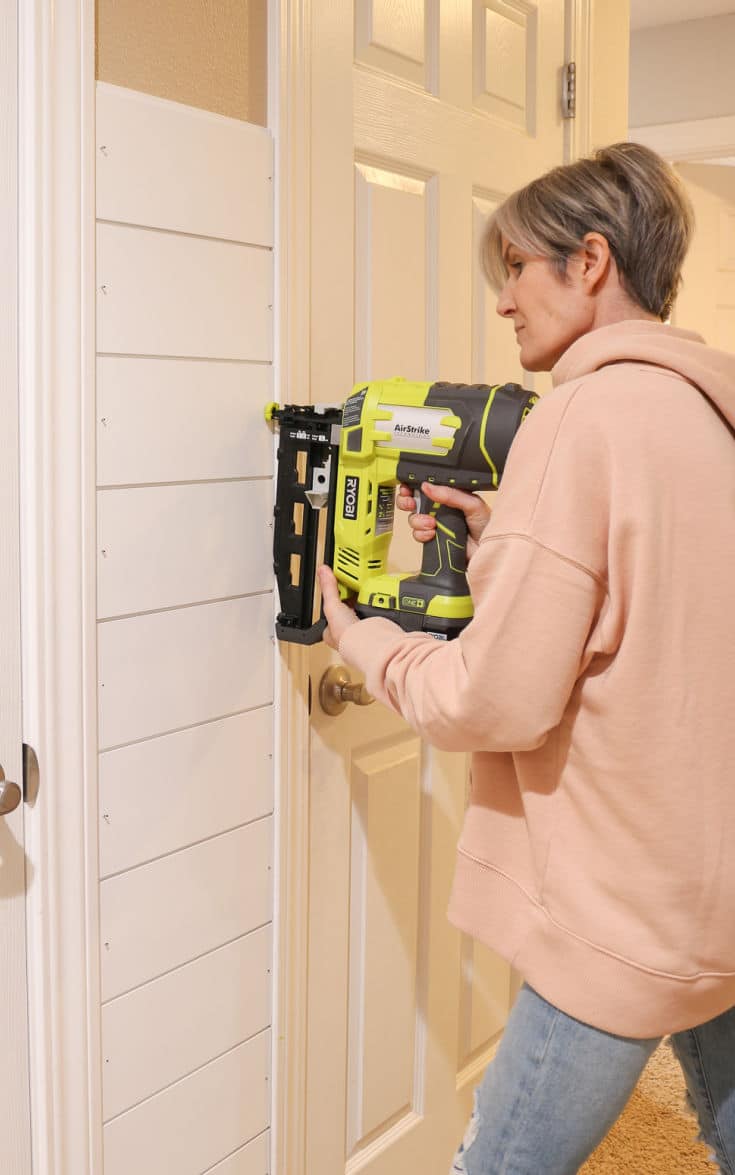
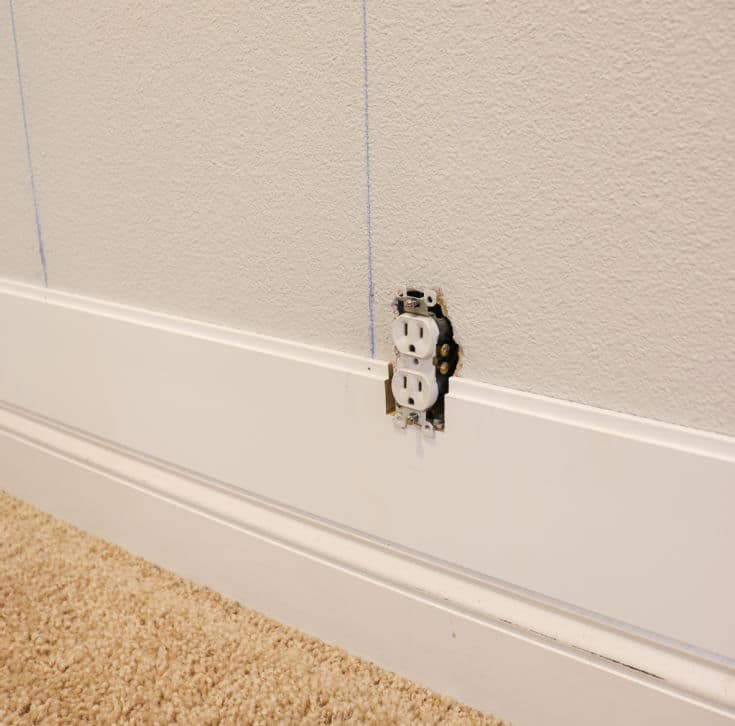
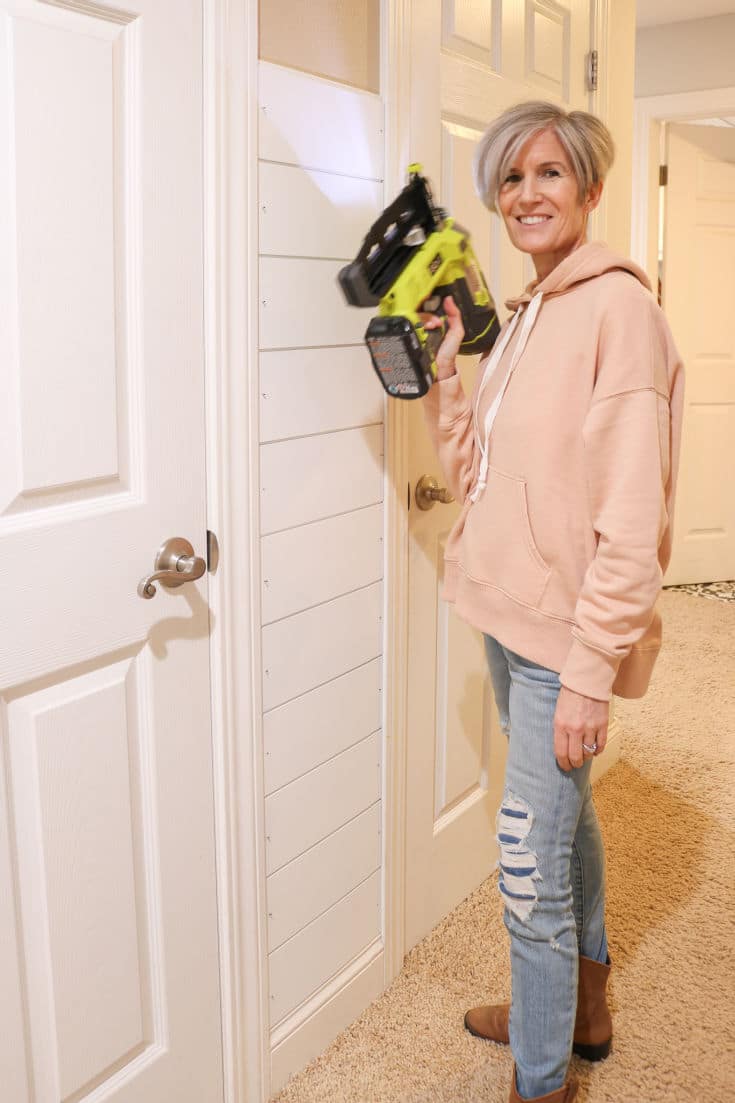
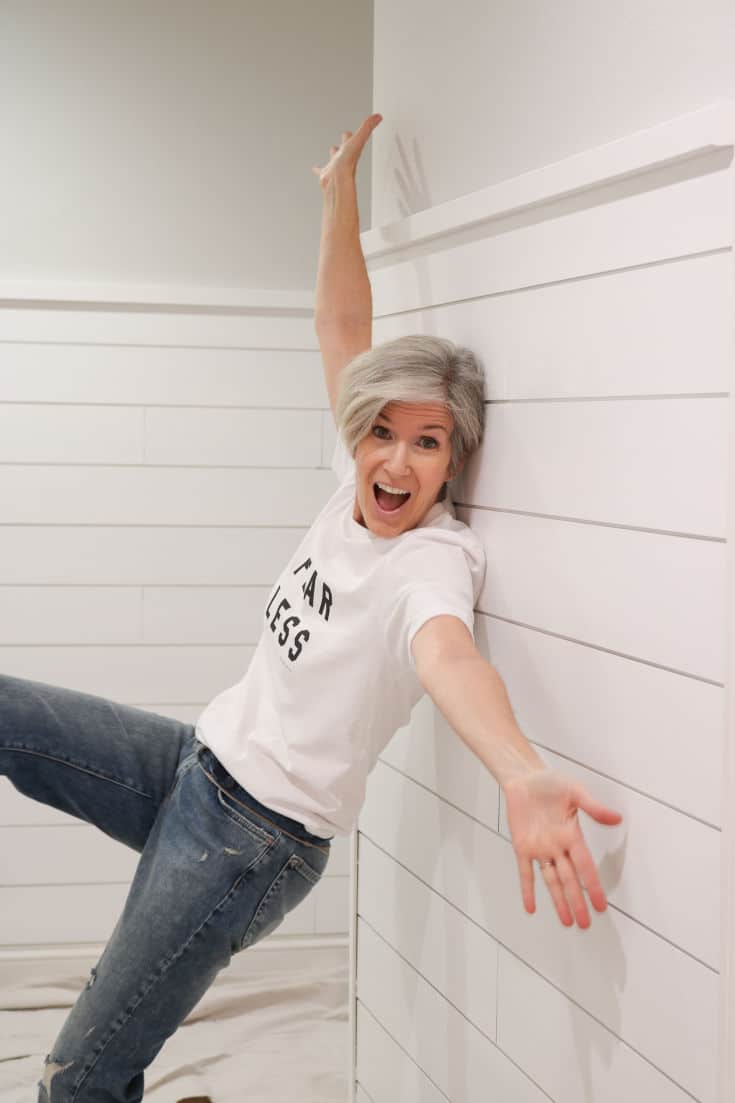

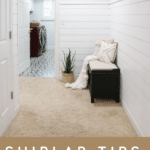
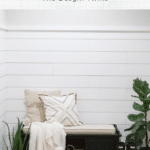


Looks fantastic❣️🙏🏼👍🏽
Hi there,
Thank you for the love on this post. It means so much to us!
Lots of love,
Jodie & Julie
Great tutorial on shiplap! I hope to install one day. My husband likes the dated knotty pine we have but I will show your photos so I can convince and update! Love your blog so much! Both of you are Uber talented and appreciate everything you both do for everyone! So inspirational! Love & light and many blessings!
Wendy,
You are so sweet! Thanks for taking the time to read this blog post and we are so glad you’ve found it helpful for your own projects.
Lots of love,
Jodie & Julie
Amazing! I also said It’s the best tips for the beginner. Thanks !!
We’re so happy to hear you enjoyed the post. Best, Julie & Jodie
[…] How to Hang Shiplap: Best Easy Tips for Beginners – The … […]
[…] How to Hang Shiplap: Best Easy Tips for Beginners – The … […]
[…] How to Hang Shiplap: Best Easy Tips for Beginners – The … […]